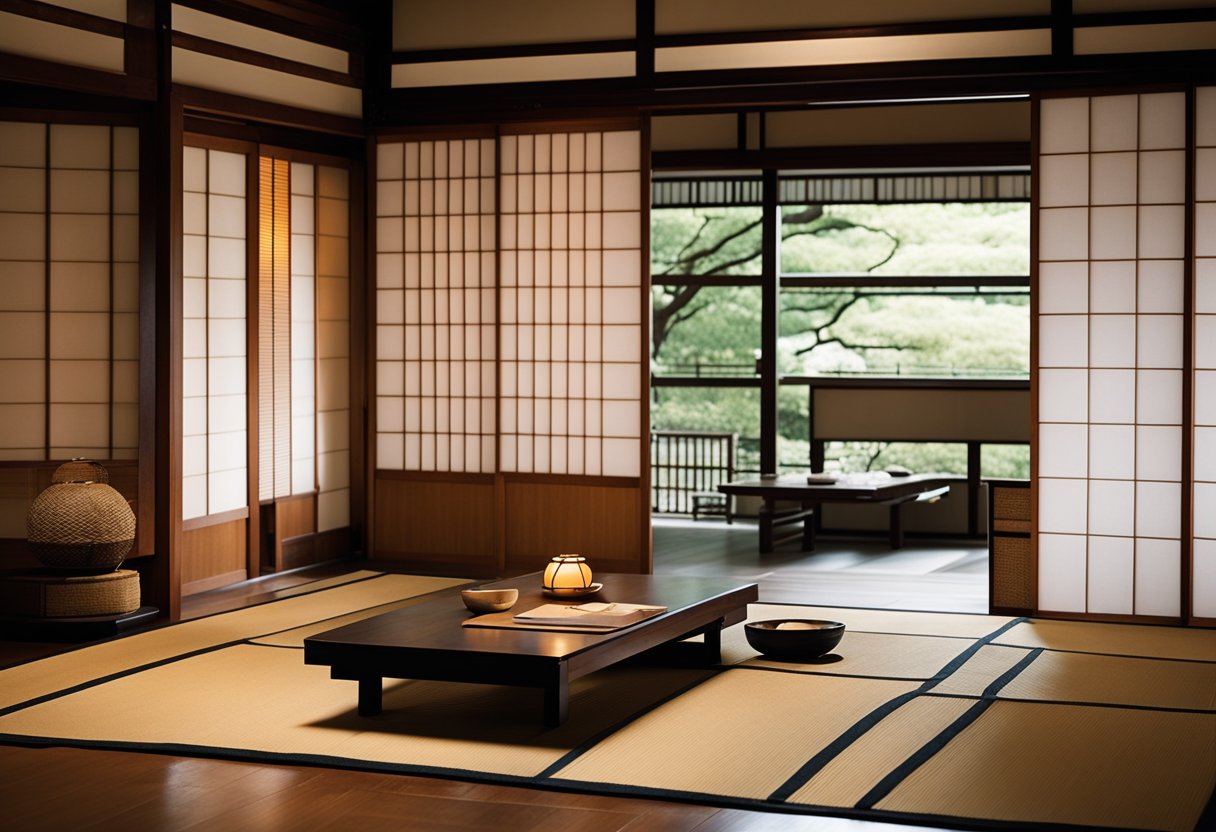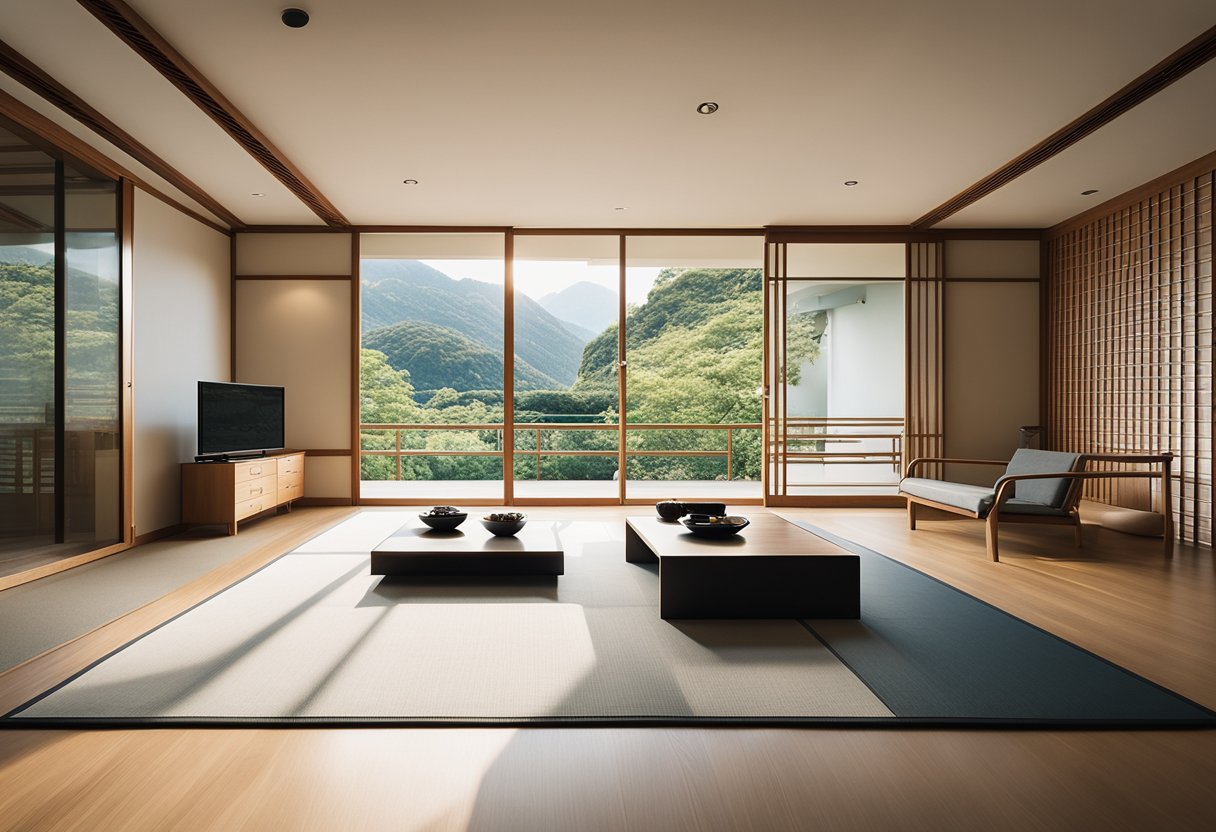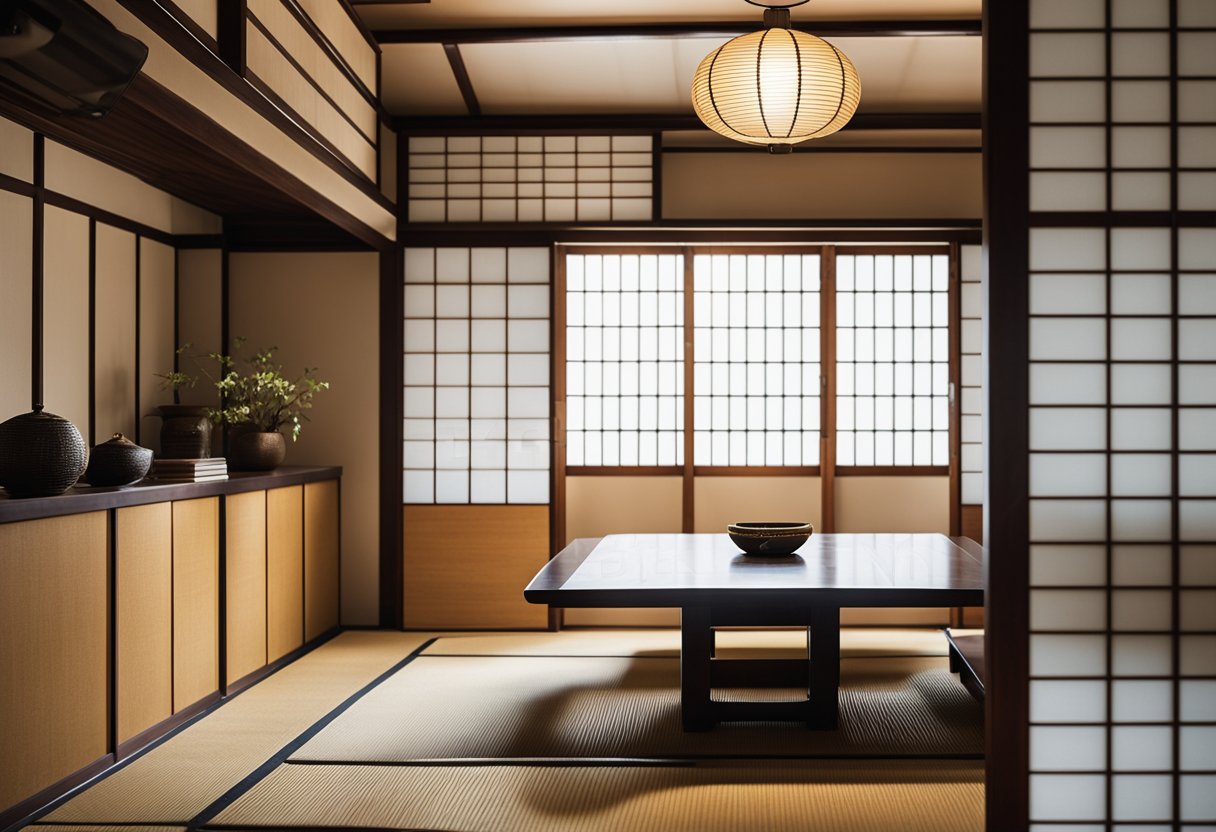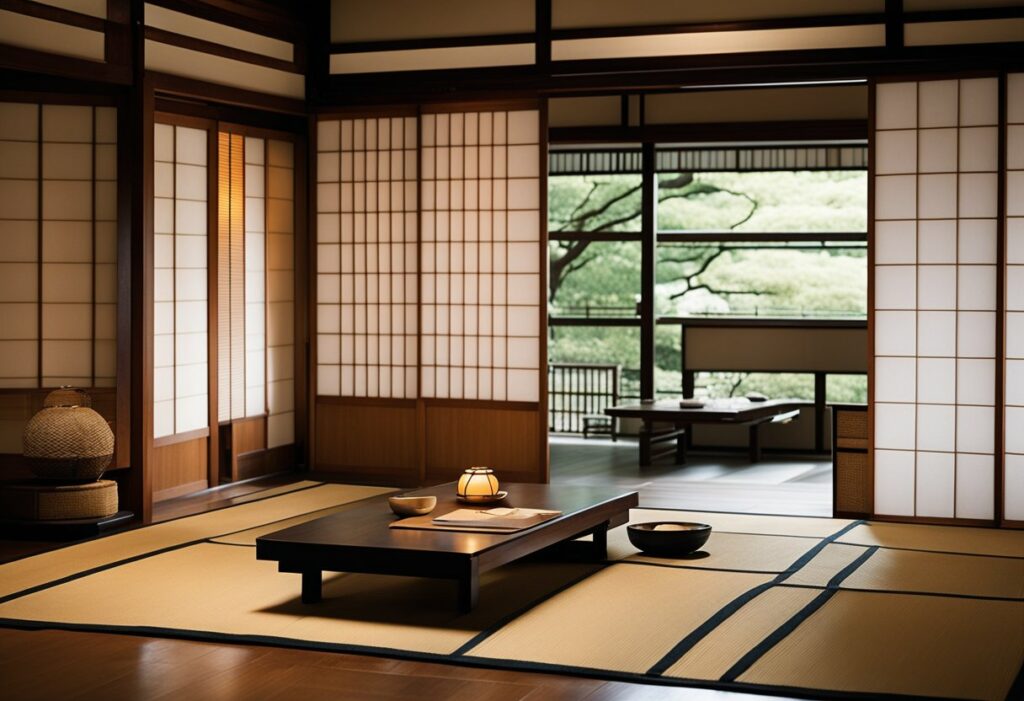Japan Style Architecture Interiors Design: A Fusion of Tradition and Modernity
If you’re looking to add a touch of elegance and serenity to your home, Japanese-style interior design might be just what you need. With its focus on simplicity, minimalism, and natural materials, Japanese design has become increasingly popular around the world. From traditional tatami rooms to modern interpretations, the principles of Japanese design can be adapted to any space.

Fundamentals of Japanese Interior Design At the heart of Japanese interior design is the concept of wabi-sabi, which celebrates the beauty of imperfection and impermanence. This philosophy is reflected in the use of natural materials such as wood, bamboo, and paper, as well as the emphasis on simplicity and asymmetry. Japanese design also places great importance on the interplay between light and shadow, with shoji screens and paper lanterns used to create a soft, diffused glow.
Contemporary Interpretations While traditional Japanese design is still popular, there are also many contemporary interpretations that incorporate elements of Japanese style. For example, modern Japanese interiors may feature clean lines, neutral colours, and sleek furniture, while still retaining the focus on natural materials and simplicity. Whether you prefer a more traditional or modern approach, Japanese design can help create a space that is both calming and stylish.
Key Takeaways
- Japanese interior design is based on the concept of wabi-sabi, which celebrates imperfection and impermanence.
- Natural materials such as wood, bamboo, and paper are commonly used in Japanese design, along with soft, diffused lighting.
- While traditional Japanese design is still popular, there are also many contemporary interpretations that combine elements of Japanese style with modern aesthetics.
Fundamentals of Japanese Interior Design

Japanese interior design is deeply rooted in the concept of harmony with nature. Incorporating natural elements such as wood and bamboo, traditional Japanese homes embrace the beauty of the natural environment to create serene and peaceful living spaces.
Harmony with Nature
In Japanese interior design, the relationship with nature is central. The use of natural materials like wood and the incorporation of indoor gardens or natural lighting are key elements that bring the tranquillity of the outdoors into your home.
Tatami Mats and Room Arrangements
Tatami mats and the arrangement of rooms play a significant role in traditional Japanese interiors. The use of tatami mats not only adds a sense of authenticity but also contributes to the overall aesthetic of the space.
The Essence of Minimalism
Japanese design is known for its minimalistic approach, focusing on simplicity and functionality. This design ethos promotes a clutter-free environment, allowing for a sense of calm and sophistication.
Influence of Shinto and Zen
The influence of Shinto and Zen Buddhism on Japanese interior design is evident in the pursuit of simplicity and tranquillity. These philosophies encourage a deep appreciation for the beauty of imperfection and the transience of life.
Sukiya Style Architecture
Sukiya style architecture, often associated with the tea ceremony houses in Kyoto, embodies the essence of Japanese aesthetics and architectural design. Characterised by elegance and refinement, it emphasises harmony with nature and the pursuit of understated beauty.
Contemporary Interpretations

If you’re looking for an inspiring take on Japanese design, look no further than contemporary interpretations of Japanese interiors. From modern Japanese homes to the integration of traditional and modern elements, there are plenty of ways to incorporate Japanese design into your own living space.
Modern Japanese Homes
Contemporary Japanese homes are a far cry from the traditional homes of the 14th century. While traditional homes often featured shoji screens and a focus on the tea ceremony and tea garden, modern Japanese homes are all about clean lines and minimalism. Think white walls, natural materials, and plenty of open space.
Integration of Traditional and Modern Elements
Of course, not everyone wants a completely modern home. If you’re interested in incorporating traditional Japanese design elements into your home, there are plenty of ways to do so. One popular approach is to use shoji screens to divide rooms or create a sense of privacy. Another option is to incorporate a Japanese-style drawing room into your home, complete with tatami mats and a low table.
Japanese Design in Western Homes
Finally, don’t think that Japanese design is only for Japanese homes. Many Western homeowners are embracing the beauty and simplicity of Japanese interiors, using elements like sliding doors, bamboo flooring, and natural wood finishes to create a sense of calm and tranquillity. Whether you’re looking to create a completely Japanese-inspired home or simply want to incorporate a few Japanese design elements into your existing space, there are plenty of options to choose from.
Overall, contemporary interpretations of Japanese interior design offer a fresh and exciting take on traditional homes. Whether you’re a new homeowner looking to create a modern space or an experienced homeowner looking for a new design challenge, Japanese design is sure to inspire you.
Frequently Asked Questions

How can one infuse their home with the tranquillity of Japanese-style interiors?
To infuse your home with the tranquillity of Japanese-style interiors, you can start by simplifying your space and minimising clutter. Japanese-style interiors are characterised by clean lines and a focus on natural materials such as wood and stone. You can also incorporate shoji screens, tatami mats, and sliding doors to create a sense of openness and flow. Additionally, you can add natural elements such as plants and water features to your space to create a sense of calm and tranquillity.
What distinguishes modern Japanese architectural designs from traditional ones?
Modern Japanese architectural designs often incorporate contemporary materials and technology while still maintaining traditional Japanese design principles. Traditional Japanese architecture focuses on creating harmony with nature and emphasises simplicity, function, and minimalism. Modern Japanese architecture often incorporates these principles but may also incorporate more modern materials, such as concrete and steel, and contemporary design elements.
Could you highlight the essential elements that embody Japanese aesthetic principles in architecture?
The essential elements that embody Japanese aesthetic principles in architecture include simplicity, minimalism, and a focus on natural materials. Japanese architecture also emphasises the use of light and shadow to create a sense of depth and texture. Additionally, Japanese architecture often incorporates a sense of asymmetry and imperfection, known as wabi-sabi, to create a sense of authenticity and beauty.
What are the innovative ways to incorporate tatami into contemporary home designs?
Tatami mats are a traditional element of Japanese interiors and can be incorporated into contemporary home designs in a variety of ways. You can use tatami mats as flooring or as a base for furniture, such as a low table or a bed. Tatami mats can also be used to create a traditional Japanese-style room, known as a washitsu, or as a design element in a modern space.
How does the concept of ‘Ma’ influence the spatial design in Japanese architecture?
The concept of ‘Ma’ refers to the use of negative space in Japanese design and architecture. In Japanese architecture, the use of negative space helps to create a sense of balance and harmony. ‘Ma’ can be seen in the use of open spaces, such as courtyards and gardens, as well as in the placement of furniture and other design elements. By incorporating ‘Ma’ into spatial design, Japanese architecture creates a sense of calm and tranquillity.
What are the key characteristics that define the minimalist approach in Japanese interior design?
The key characteristics that define the minimalist approach in Japanese interior design include simplicity, functionality, and a focus on natural materials. Japanese minimalist interiors often feature clean lines, neutral colours, and a lack of clutter. Furniture is often low to the ground and multifunctional, and natural materials such as wood and stone are used to create a sense of warmth and texture.



